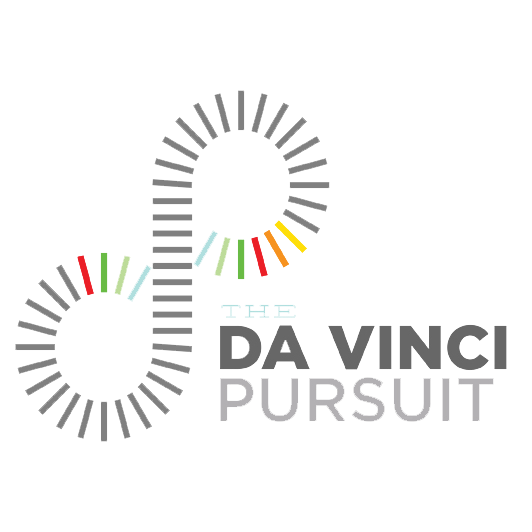
A Guide to Sketching in the Field: Examples from a Study of Wildfire
Robin Lee Carlson
A sketchbook is a matchless tool for investigating the world. Sketchbooks have been my constant companions on walks, hikes, rambles, and research throughout my life. They are how I get to know a place, how I slow down and get lost in the details in front of me, and how I build all those individual observations into a deeper understanding of the ecosystem as a whole. Come and join me for a three-part introduction to field sketching! This series will begin with a session with everything you need to know to prepare for nature journaling in the field, including tools, techniques, and reference materials. In the next session, I’ll take you on a virtual field sketching expedition, putting our observation and sketching approaches into practice. Our final session will be spent exploring ways to use what we observed in the field for further development in artistic projects. Each of the three classes will use examples and techniques drawn from my work, especially from my long-term study of fire ecology. The classes will feature demonstrations of tools and supplies along with live drawing demonstrations for you to follow along. At the end of each session, there will be time to ask questions and to share your work and insights. These workshops are intended for a broad range of experience with drawing in the field. We will discuss all the basics that a beginner needs to know to get started, but all techniques will include new ways of looking and engaging with nature, and new ways of getting the most out of your drawing tools.
A Guide to Sketching in the Field
A Field Journal Sketching Experience with Robin Carlson
Part 3: Preparing for Field Sketching – Monday, December 9, 2024 – 7 to 8:30pm (Eastern)
Location: Online via Zoom
Cost: $30 per session
The daVinci Pursuit is pleased to welcome illustrator and author Robin Carlson to our first series of online workshops about sketching in the field. In this series of three workshops, we will combine drawing, painting, and natural science. The classes will weave scientific knowledge into accessible and engaging instruction, where students actively create stories in their own artwork.
Part 3: Continuing Exploring After the Field Trip
Back home after a hike with a sketchbook full of drawings, what comes next? Field sketches can stand on their own as documentation of what we observed. They can also be springboards into further explorations of a place or process, or invitations to more involved artworks. In the final workshop of the series, we will talk about ways to keep engaging with your field observations: ways to identify new species encountered, how to investigate questions that arose, and ideas for expanding one set of observations into a larger project. I will share examples from my wildfire sketchbooks, and lead participatory demonstrations of some of the work I have done to develop field sketches into artworks that tell a story that emerges over time.

About Robin
Robin Lee Carlson is a natural science illustrator and the author of The Cold Canyon Fire Journals. She builds careful observations of the natural world into deeper commentary on ecology and climate change, and her work centers on field sketching ecoreportage, living documentation of the ever-accelerating transformation of ecosystems by human activity. Her work has also appeared in The Common, the literary journal of Amherst College, and in Arnoldia, the magazine of the Harvard University Arboretum. She teaches online and in-person workshops that combine drawing, painting, and natural history.
Robin is one of the 2024 recipients of the Fireline Fellowship, part of the Long-Term Ecological Reflections Program in the H.J. Andrews Experimental Forest in Oregon.
https://robinleecarlson.com/
https://www.instagram.com/anthropocenesketchbook/

Made possible through the generous support of the Allen Whitehill Clowes Charitiable Foundation

